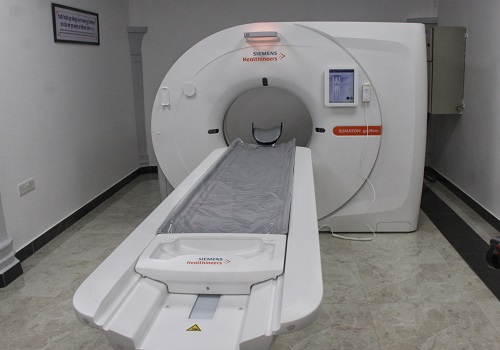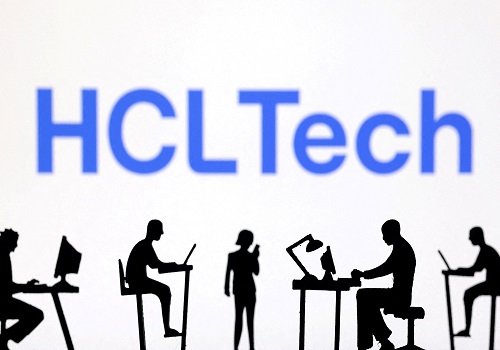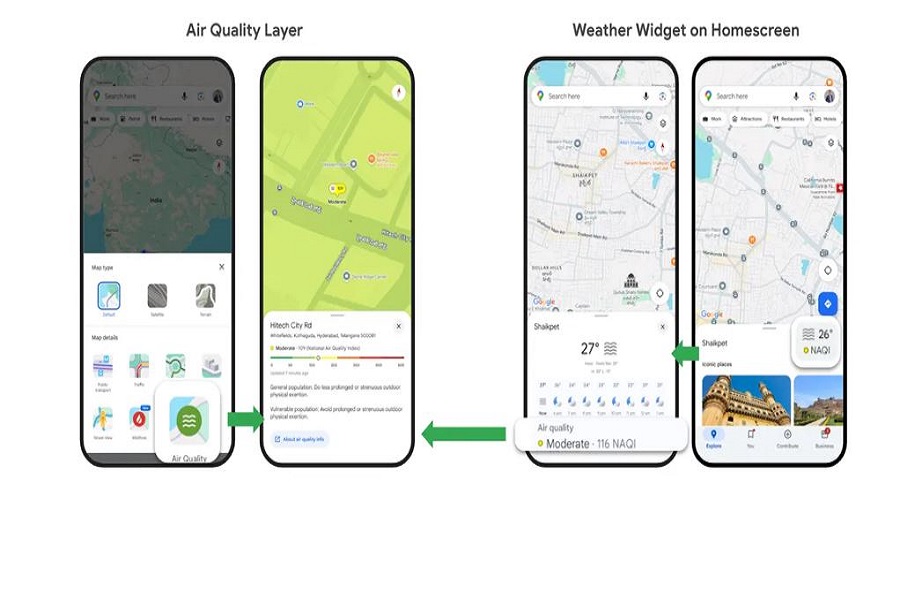Diagnostic imaging to see advances in AI, imaging agents & ultrasound tech in 2024

Diagnostic imaging will see advances in AI, imaging agents, and ultrasound technology in 2024, according to a report on Monday.
This is driven by surging global ageing population and escalating disease prevalence, notably cancer, said the report by GlobalData, a data and analytics company.
Diagnostic imaging is undergoing a transformative R&D phase, with a focus on software, hardware, and consumables tailored for early disease diagnosis and personalised medicine applications.
The recent strides in artificial intelligence (AI), imaging agents, and ultrasound technology are poised to expedite testing, enhance accuracy, and broaden diagnostic capabilities in 2024, addressing the evolving healthcare landscape, the report noted.
"AI has great potential to increase the efficiency and accuracy of image analysis. AI-integrated systems and computer vision can help identify abnormalities in patient scan images that are then reviewed and interpreted by a radiologist or doctor for diagnoses," said Ashley Clarke, Medical Analyst at GlobalData.
"AI is also promising for molecular imaging as it could help identify and assess biological processes at the cellular level: the underlying processes that form different diseases," Clarke added.
Recent years have also seen a spike in the development and demand for contrast agents and radiopharmaceuticals, compounds used to enhance diagnostic scans and improve image accuracy.
The report reveals that contrast agents and radiopharmaceuticals account for nearly 60 per cent of diagnostic imaging devices in development.
Additionally, the number of radiopharmaceuticals receiving market approval in 2024 is expected to be double the amount approved in 2023, further emphasisng their increasing significance in medical imaging.
Most pipeline imaging agents are intended for use in oncology, where early diagnosis is critical for patients.
The popularity of ultrasound imaging devices is also rising, due to their ease of use, portability, and cost efficiency.
Analysis from the report indicates that ultrasound devices account for 12 per cent of the total diagnostic imaging devices in development, and the most expected device approvals in 2024 of any diagnostic imaging device market.
The recent AI and contrast agent developments have also improved the efficacy and accuracy of ultrasound exams.
"This technology avoids the radiation exposure that is necessary for other imaging technologies like X-ray and CT scans, while also providing real-time imaging capabilities. In particular, handheld ultrasound devices are a valuable tool for preventive screening, diagnostic tests, and monitoring changes in response to treatment," Clarke said.
"The convergence of these technologies is expected to heighten efficiency, accuracy, and accessibility of diagnostic tests in years to come, and will play an important role in preventive healthcare and early disease detection."
























